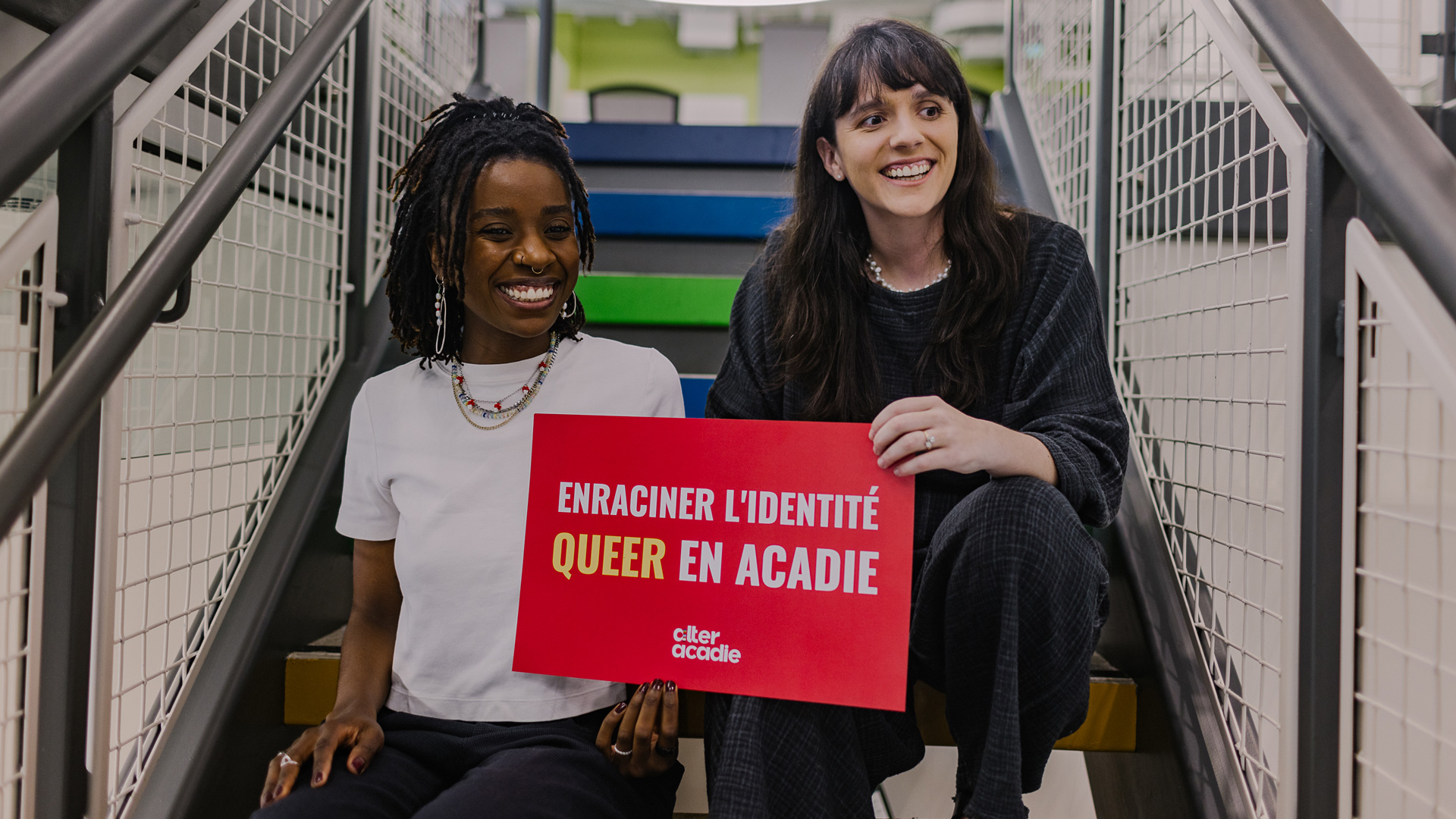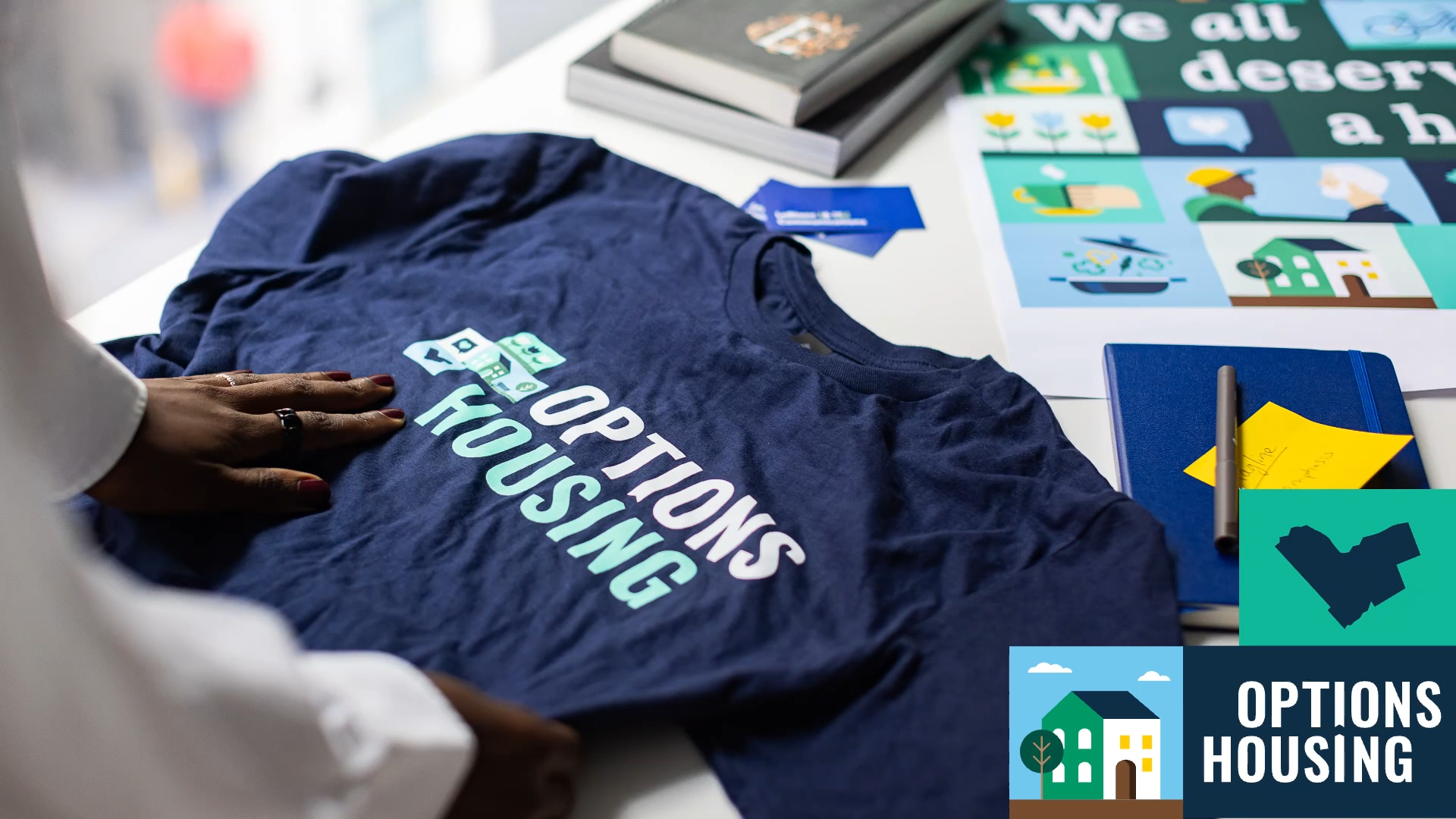Design Justice as a Tool to Drive Social Change

Have you heard of ‘design justice’?
Design justice is how design can be used as a tactic to subvert oppression. As a social impact communications agency that does a lot of graphic and web design work, our team talks about design justice all the time.
Design and visual communications can either entrench harmful systems…or work to eradicate them. It’s just like how other domains of communications, like marketing or public relations, can be wielded as tools to drive progress forward, or to hold it back.
In this blog, we’re looking at six ways our team embeds equity and design justice into our work, starting with strategy and planning, and running throughout the full design process.
1. Conduct a power analysis
Firstly, we suggest that you conduct a power analysis, determining how an organization’s design and photography choices intersect with systems of power and oppression. In social change work, design and photography can either depict communities as powerful or as people who have been ‘stripped’ of power and agency, depending on the visuals used.
For example, a food security organization’s communications could show cans of food in boxes or photos of healthy, vibrant produce being enjoyed by happy families. A nonprofit website can either show genuine diversity with pictures of their staff, community, and volunteers, or they can use bad stock photography that shows diversity as a “lip service” – think the awkward stock photos in board rooms, among other clichés. Our team has worked with several organizations working to shift power in international development, and they’ve aimed to use powerful visuals centring the communities they work with as the experts and the heroes of the visual story, using powerful photos, collages, and illustration.

2. Use photography strategically and appropriately
We help organizations use photography to show authenticity and bring the stories they want to tell to life. Photography is a powerful tool for building an organization’s communications and branding. Audiences naturally feel an emotional connection to photos, and particularly to photos of people’s faces.
However, the wrong choice of stock photography can be cheesy at best, or harmful and offensive at worst. We encourage organizations to weave photography into their communications and brand; ideally, this looks like budgeting for a strategically planned professional photoshoot that shows the impact of your work and what you stand for. You should plan a shoot with a diverse group of people related to your organization who are truly comfortable being photographed. Always use photo release waivers and for volunteers or community members, consider compensating them if you can.
When planning the shoot, you should determine how you can visually communicate how you make an impact and what you believe in. For example, you can bring posters with your slogan and invite people devoted to your cause, and book a location that clearly links to your purpose. Don’t shoot in a random office with no props please, as that’s too corporate and will feel devoid of meaning! Instead, plan a list of models, a prop list, and work with your photographer to create a detailed shot list outlining each photo that you need to capture.
Lastly, if your organization doesn’t have a photoshoot budget, you should still apply the principles we’ve shared to selecting your choice of DIY iPhone photography and stock photos.

3. Illustrations are a tool for representation and world-building
Custom illustrations are a powerful tool to visually communicate your organization’s beliefs through representation. On a deeper level, illustration can fuel a world-building practice for social change. Particularly, for years we have drawn inspiration from the rich lineage of feminist organizations that use illustration as a world-building tool to imagine the world they are working towards.
Our last note on illustration, however, is to always aim to build consistent brand standards for illustrations for your organization (rather than rushing into bringing an illustrator on for one specific project) so that you can set up the illustration style to work for your organization in the long run.
4. Visuals should always be accessible
Visuals should be accessible to all, for example through colour contrast, size of text, and without a distracting background. Design, for both web and print, should always meet accessibility standards and best practices.
When you hire a design firm, always ask them what they do to ensure that their designs are accessible.
5. Ensure that any styles used are appropriate
Organizations must determine if it’s appropriate to incorporate culturally specific art or design styles from a historically marginalized community into communications materials related to that community (for example, to bring Indigenous artwork into a post promoting your organization’s Indigenous-specific programming).
To answer this question, it depends on who your organization is and what your reputation and relationships with the community are like; who is making the art; and how it is being used.
For example, hiring an Indigenous illustrator to make Indigenous art is crucial, full stop, but there are more requirements than just that. Your organization would need to do this in a way that is appropriate, including but not limited to how the artist is compensated, and using the artwork in ways that are deemed appropriate by the community, such as ensuring that it’s not being used to “mask” inaction on Indigenous inclusion in your organization.
If you are in doubt, it is best to pause and consult an expert from that community (and pay them for their expertise and time).
6. Check that any references used are appropriate
Lastly, professional designers and organizations DIY-ing designs themselves must always check if cultural references are appropriate. For example, the wrong type of symbol being displayed on a post about a religious or cultural holiday is a common but unfortunate mistake in communications. A photo of a culturally specific food, fabric, or visual motif are examples of things to either use appropriately, or not at all. As an example, photos of certain foods shouldn’t be depicted in a social media graphic about a cultural holiday, if they are not traditionally eaten during that holiday.